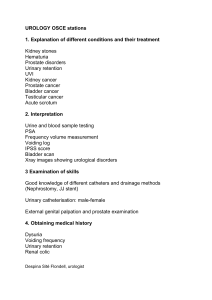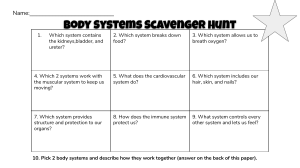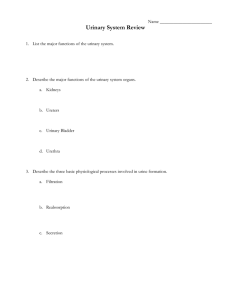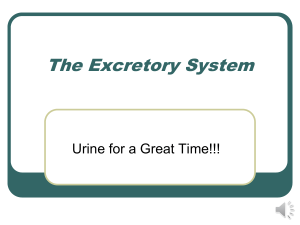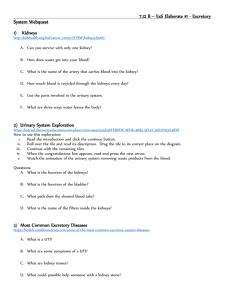Renal Nursing Care Plan: Disorders, Treatments, and Nephrotoxicity
advertisement
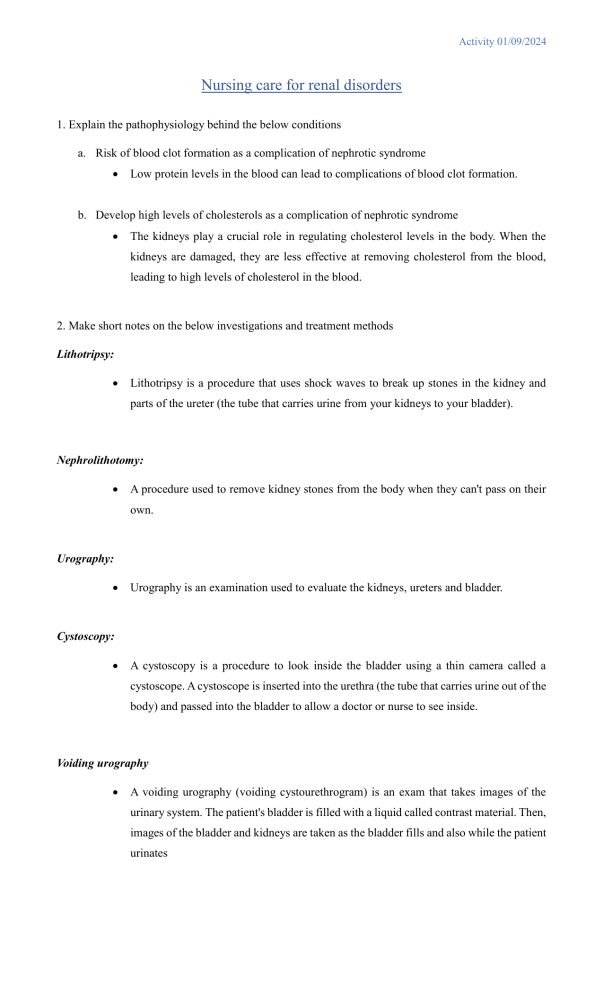
Activity 01/09/2024 Nursing care for renal disorders 1. Explain the pathophysiology behind the below conditions a. Risk of blood clot formation as a complication of nephrotic syndrome Low protein levels in the blood can lead to complications of blood clot formation. b. Develop high levels of cholesterols as a complication of nephrotic syndrome The kidneys play a crucial role in regulating cholesterol levels in the body. When the kidneys are damaged, they are less effective at removing cholesterol from the blood, leading to high levels of cholesterol in the blood. 2. Make short notes on the below investigations and treatment methods Lithotripsy: Lithotripsy is a procedure that uses shock waves to break up stones in the kidney and parts of the ureter (the tube that carries urine from your kidneys to your bladder). Nephrolithotomy: A procedure used to remove kidney stones from the body when they can't pass on their own. Urography: Urography is an examination used to evaluate the kidneys, ureters and bladder. Cystoscopy: A cystoscopy is a procedure to look inside the bladder using a thin camera called a cystoscope. A cystoscope is inserted into the urethra (the tube that carries urine out of the body) and passed into the bladder to allow a doctor or nurse to see inside. Voiding urography A voiding urography (voiding cystourethrogram) is an exam that takes images of the urinary system. The patient's bladder is filled with a liquid called contrast material. Then, images of the bladder and kidneys are taken as the bladder fills and also while the patient urinates Activity 01/09/2024 3. Explain about nephrotoxicity. Give some examples Nephrotoxicity is the harmful effects of nephrotoxins on the kidneys, causing damage and impaired function. These substances, including pharmaceutical drugs, environmental toxins, and endogenous compounds, can disrupt the kidney's vital functions and lead to kidney dysfunction or failure. Below are some examples of nephrotoxicity: NSAIDs (Non-Steroidal Anti-Inflammatory Drugs): o Ibuprofen o Naproxen o Diclofenac Antibiotics: o Aminoglycosides (e.g., gentamicin, amikacin) o Certain cephalosporins Contrast Agents: o Iodinated contrast media (used in CT scans, and angiography) Chemotherapy Drugs: o Cisplatin o Methotrexate Heavy Metals: o Lead o Mercury o Cadmium Solvents and Chemicals: o Toluene o Chloroform Non-prescription Pain Relievers: o Acetaminophen (in high doses) HIV Medications: o Tenofovir o Indinavir Activity 01/09/2024 4. Make a Nursing care plan for a renal calculi patient. Assessment (Signs and Symptoms) Nursing Diagnoses Severe flank or abdominal pain. Acute Pain related to painful urination as evidenced by Planning Goal: Manage and alleviate pain. verbal expression. Administer analgesic as needed Blood in urine. Impaired Urinary Elimination Goal: Improve urinary related to ureteral obstruction as elimination. evidenced by imaging studies. Increased fluid intake to promote urinary flow. Painful urination Deficient Knowledge regarding Goal: Educate the patient dietary measures to prevent calculi recurrence. Discuss the importance of maintaining adequate fluid intake. Nausea and vomiting Risk for complications related to Promote urinary tract infection. good hygiene practices, especially regarding perineal care. Frequent urge to urinate Risk for Deficient Fluid Volume Goal: Maintain optimal fluid related to vomiting. balance. Monitor input and output to assess fluid balance. Fever and chills Risk for Infection related to Goal: Prevent infection through Fever and chills proper hygiene and monitoring. Monitor vital signs for signs of infection. Activity 01/09/2024

